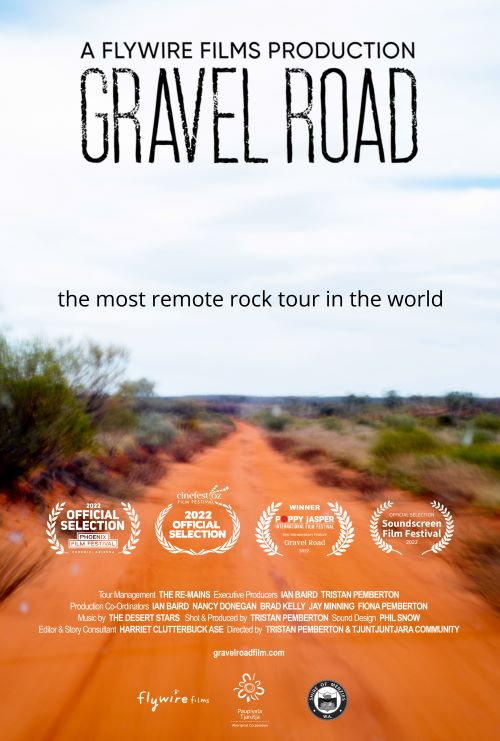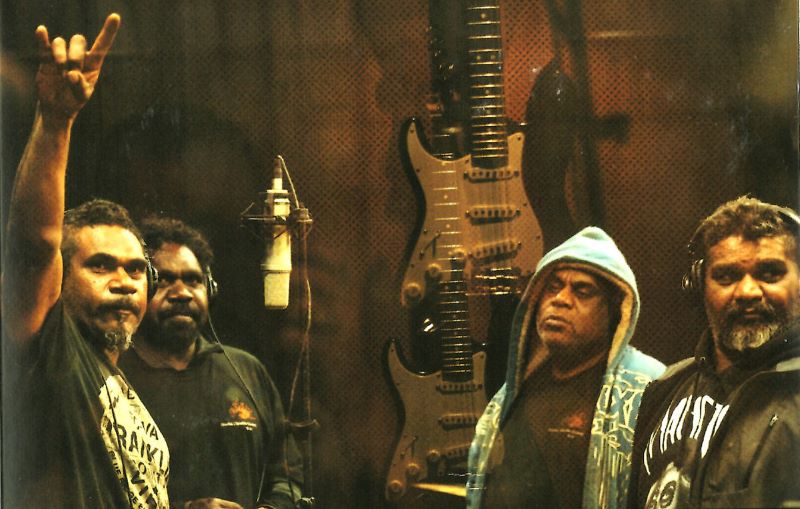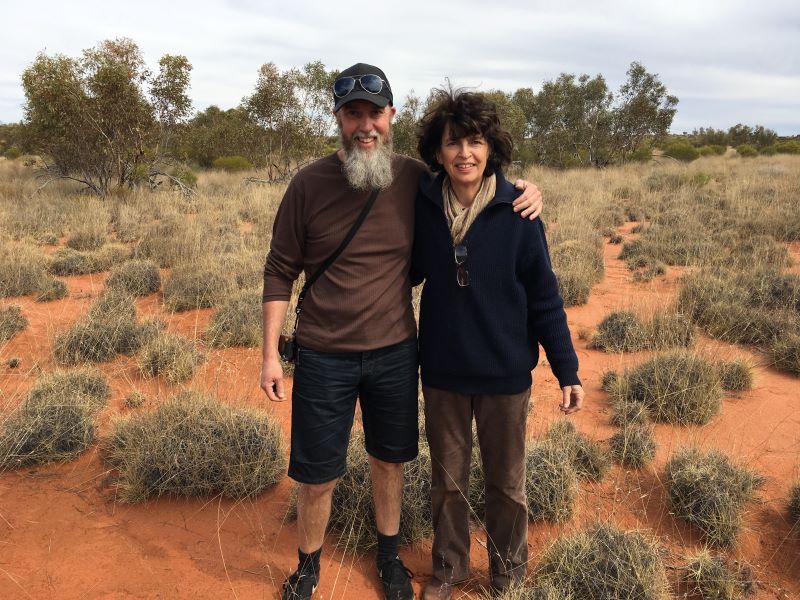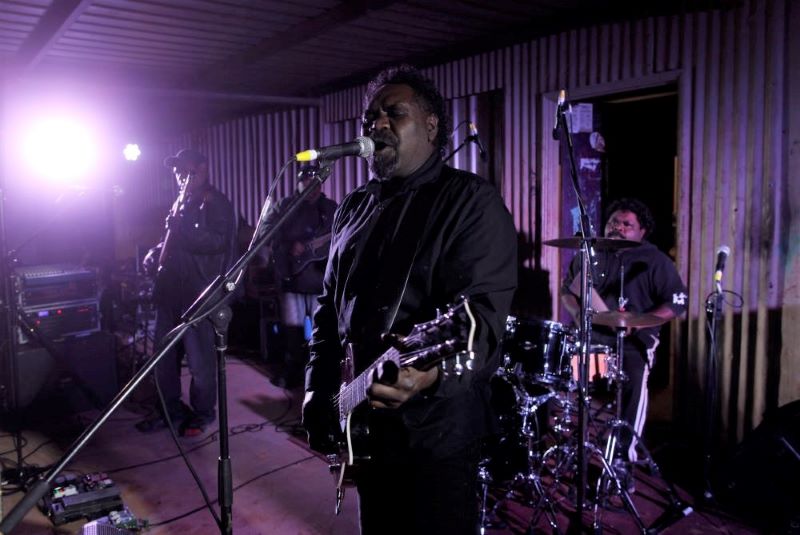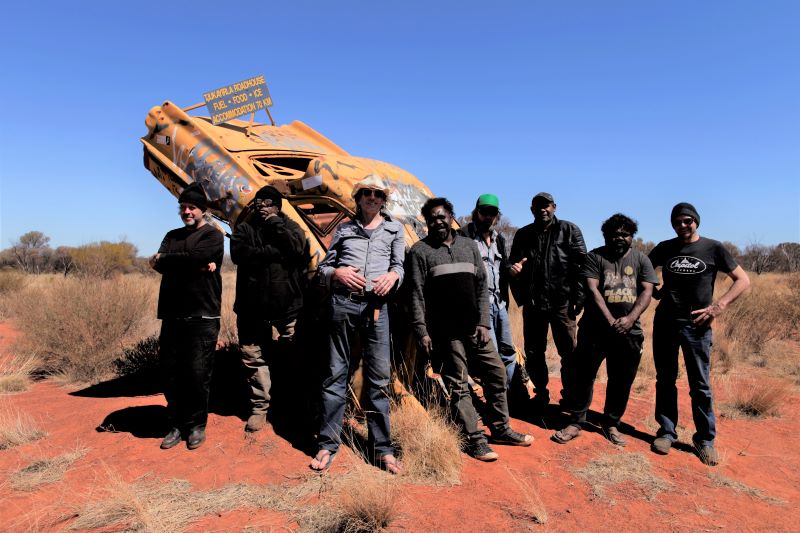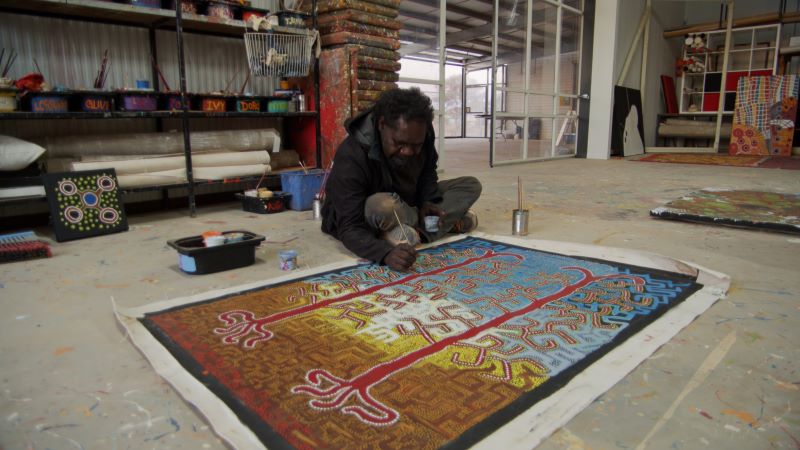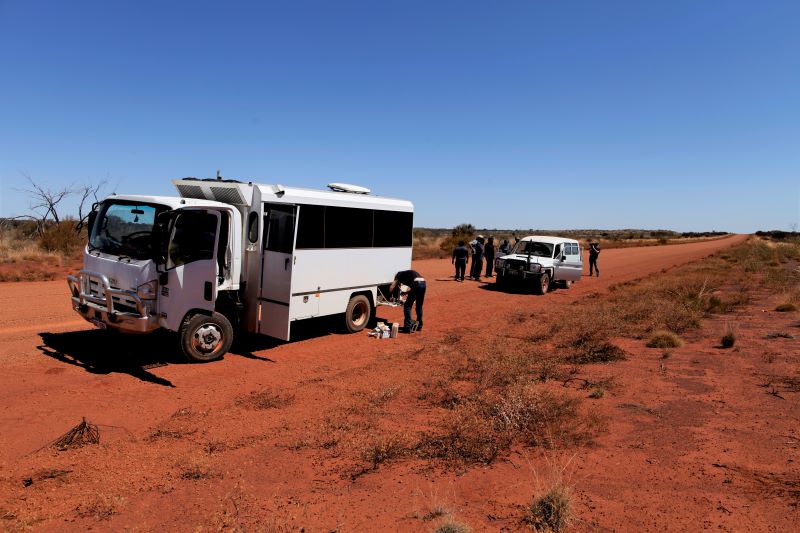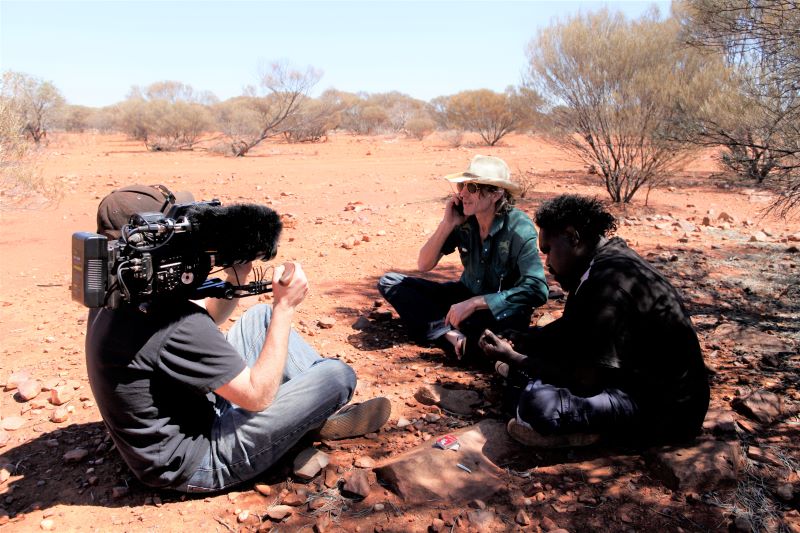As you know, I search out any Australian film or TV news I can find online – so much content is not shared with those of us on the other side of the world: streaming platforms for films are geo-blocked due to distribution deals that don’t include the Canada/US territory so I have to live vicariously thru my Down Under production mates and various news sources. I recently discovered a very talented filmmaker, BENJAMIN SCOTFORD (pictured below) who produced an exciting behind-the-scenes documentary titled IN THE TRENCHES that follows the machinations of a feature film production called Before Dawn, directed by Jordan Prince-Wright. Benjamin’s doc has been getting lots of buzz on the festival circuit and this past weekend, was premiered at the Revelation Film Fest presented in Perth, Western Australia (my childhood/teenage home) – the WWI action/adventure feature was filmed in the southern part of the state complete with muddy trenches (hence the title of Ben’s film), cannons and gunfire, and Ben took his own crew into the fray, following the actors, the director and crew, to shoot all the activity from the busy set. It was quite the feat – staying out of the way yet capturing all the action of a war film production in close-up.
Benjamin’s doc has been getting lots of buzz on the festival circuit and this past weekend, was premiered at the Revelation Film Fest presented in Perth, Western Australia (my childhood/teenage home) – the WWI action/adventure feature was filmed in the southern part of the state complete with muddy trenches (hence the title of Ben’s film), cannons and gunfire, and Ben took his own crew into the fray, following the actors, the director and crew, to shoot all the activity from the busy set. It was quite the feat – staying out of the way yet capturing all the action of a war film production in close-up.
Director’s Statement: This documentary is intended to be a standalone story, enjoyable for a wide range of audiences, even if they are unfamiliar with Before Dawn or Australia’s involvement in WWI. I have aimed to capture the story in a manner that closely reflects my first-hand experience of witnessing a group of dedicated filmmakers working against a mountain of obstacles before knowing the final outcome.
I spoke with Benjamin recently and asked that he share his thoughts and stories…from the trenches.
How difficult was it for you to shoot all the behind-the-scenes footage amongst the film crew, the mud and the actors? There’s always an element of challenge with BTS footage because the most important part of your job is to stay out of the way and avoid disrupting the production itself. That said, it’s quite a fun challenge to find ways of filming what’s happening while keeping a low profile and staying out of the way. One big challenge with this project was that I also had to look out for my own camera gear among the rainy conditions and muddy set. By the end, I had worked out a streamlined setup that protected my gear from the wet weather, while still having the flexibility to move quickly and get quality footage.
Aside from that, a lot of the creative challenges come down to building scenes through the on-set footage to help tell the story in the edit. I had to make sure that each time we moved location, I got a variety of shots that could build upon each other. Sometimes this meant following different crew members in a way that would showcase their process. It is easy to get one or two good angles of something happening, but having a series of shots that tell a full story really helps in the edit.

 What inspired you to undertake this project? I love watching behind the scenes content and noticed recently that there hasn’t been a regular influx of high quality, insightful documentaries in that space. I’ve always thought it would be a fun area to work in, and since I’ve started doing it, I’ve grown more and more passionate about seeing it done in an innovative way.
What inspired you to undertake this project? I love watching behind the scenes content and noticed recently that there hasn’t been a regular influx of high quality, insightful documentaries in that space. I’ve always thought it would be a fun area to work in, and since I’ve started doing it, I’ve grown more and more passionate about seeing it done in an innovative way.
I know you’ve submitted to film festivals around the world…are you hoping to showcase your doc via streaming platforms, too? Maybe Prime or Netflix? Absolutely! Details to come soon.
 Am sure there was a great deal of camaraderie on-set – were you and your small crew included or did you remain separate from the feature film folks? A bit of both. During lunch breaks and other moments throughout the day, we enjoyed getting to know the cast and crew and feeling like a part of the team. However, we did try to stay a little bit separate on set so that we could tell the story from a more observational perspective. Overall, it really did feel like we were all part of a big team, since we were all going through a very similar experience together.
Am sure there was a great deal of camaraderie on-set – were you and your small crew included or did you remain separate from the feature film folks? A bit of both. During lunch breaks and other moments throughout the day, we enjoyed getting to know the cast and crew and feeling like a part of the team. However, we did try to stay a little bit separate on set so that we could tell the story from a more observational perspective. Overall, it really did feel like we were all part of a big team, since we were all going through a very similar experience together.
 Did you relate to the young director/producer Jordan Prince-Wright, both being of the same generation of filmmakers? Did that make you sympathetic to his tremendous responsibility? Yes, I’ve got a lot of respect for the way Jordon works and how much he is able to accomplish. I’m not sure I would want as much pressure as he’s under, but it’s been inspiring to see him make it work as well as he has. I think passion breeds passion. Seeing how much he was putting into the project got me really excited to bring the same level of passion to my part, which also transferred to the team I was working with for the behind the scenes.
Did you relate to the young director/producer Jordan Prince-Wright, both being of the same generation of filmmakers? Did that make you sympathetic to his tremendous responsibility? Yes, I’ve got a lot of respect for the way Jordon works and how much he is able to accomplish. I’m not sure I would want as much pressure as he’s under, but it’s been inspiring to see him make it work as well as he has. I think passion breeds passion. Seeing how much he was putting into the project got me really excited to bring the same level of passion to my part, which also transferred to the team I was working with for the behind the scenes.  Hopefully, we’ll see you at film/doc festivals over the coming months – what’s next for you? Exciting times! We are hoping to screen In the Trenches in some more film festivals, since a lot of our target market is made up of people who are excited by the filmmaking process. I’m also producing behind the scenes content for a few other films, and working towards doing a lot more of it in the future.
Hopefully, we’ll see you at film/doc festivals over the coming months – what’s next for you? Exciting times! We are hoping to screen In the Trenches in some more film festivals, since a lot of our target market is made up of people who are excited by the filmmaking process. I’m also producing behind the scenes content for a few other films, and working towards doing a lot more of it in the future.
Thanks, Benjamin. So here’s a taste of what an incredible shoot this was, for both the feature filmmaker AND documentarian, Scotford.
Photos courtesy of Keana Naughton
You can follow Ben on his filmmaking journey via LinkedIn or https://www.facebook.com/benjamin.scotford
The doc made me proud to be an Aussie, especially one who loves the movies. Bravo, Ben…I can’t wait to see more of your work.


